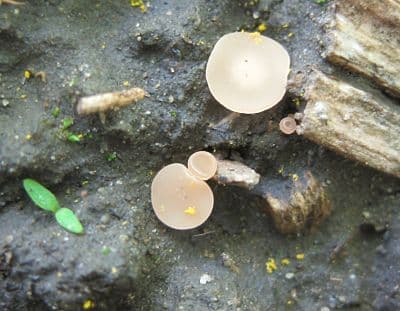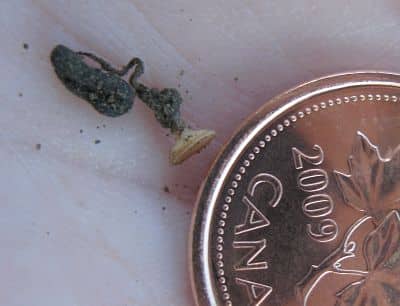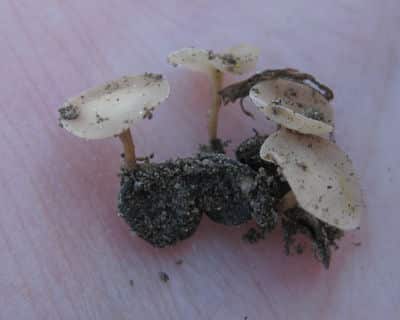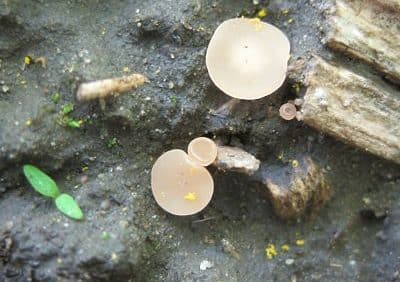Significant sclerotinia infections were reported in most regions last year, creating the potential for lots of spore production across the Prairies this year. If fields are moist at the time of flowering, and canola has good yield potential (e.g. 30 bu./ac. or more), then it will probably pay to spray a fungicide to limit sclerotinia losses.
The message this week is to consider the threat and budget for action. Spraying is not effective until the flowering stage, which is still a few days away for the earliest crops.
Areas that have been wet all spring will likely have apothecia emerging in any fields that were seeded to a susceptible crop like canola, lentils or sunflowers last year. Apothecia release the sclerotinia ascospores that are dispersed in the wind and land on canola petals.
Areas that had been dry but received rain this past week will likely see apothecia starting to emerge in a week or so. Apothecia need moisture to trigger their growth, and after a rain it takes 10-12 days for them grow to a point where they release spores. The Prairies could face a significant release of ascospores next week and if moist conditions continue, this release will continue throughout canola flowering.
With good canola prices, good yield potential and lots of moisture (so far), fungicide application could pay off for many growers this year.



Blackleg: The application window for a fungicide to provide additional protection against early blackleg infection (which is the most damaging) is the 2- to 6-leaf stage. That window is closing quickly for most canola crops. (Link to blackleg article at www.canolawatch.org.)
Seedling diseases: Some fields in Manitoba have been completely wiped out by seedling diseases. Many of those fields were canola on canola, where the seedling disease complex load could have been very high. Slow crop establishment due to excess moisture and cool conditions made the situation worse. No foliar sprays are available for seedling diseases, but growers should still dig and look at roots and stems to identify whether disease is the cause for weak plants. Click here for more information on what to look for.
